
Collagen often comes up when talking about skin health, and for good reason. It’s the protein that helps keep skin strong and flexible. Retinol plays a big part in maintaining those collagen levels, and the body relies on it in ways that are easy to overlook. Interestingly, many foods naturally provide retinol in meaningful amounts, and here are 20 of them you should know about.
Beef Liver
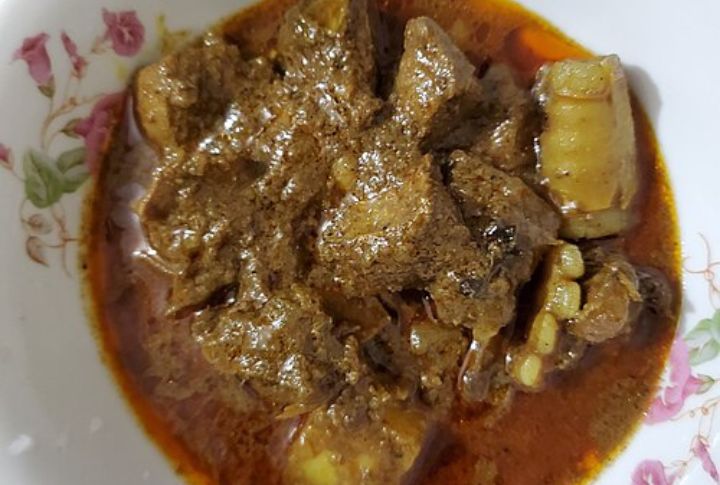
Once considered a staple in traditional diets, beef liver carries a reputation as one of the most nutrient-packed foods available. It’s loaded with preformed vitamin A, or retinol, which the body uses directly. Combined with all essential amino acids, it works powerfully to strengthen skin and connective tissue health from within.
Cod Liver Oil
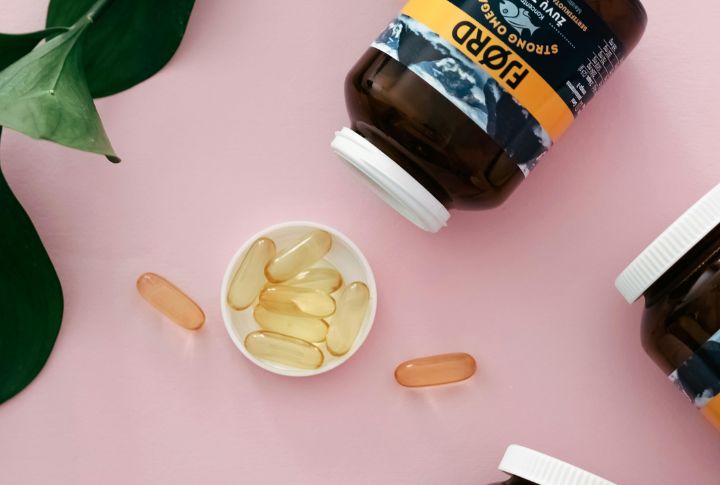
For centuries, cod liver oil has been trusted in households, used to guard against seasonal illness. This golden oil remains valuable because it naturally contains retinol and omega-3 fatty acids. Together, they encourage skin elasticity and strengthen collagen structures, while also supporting bones and immunity.
Egg Yolks
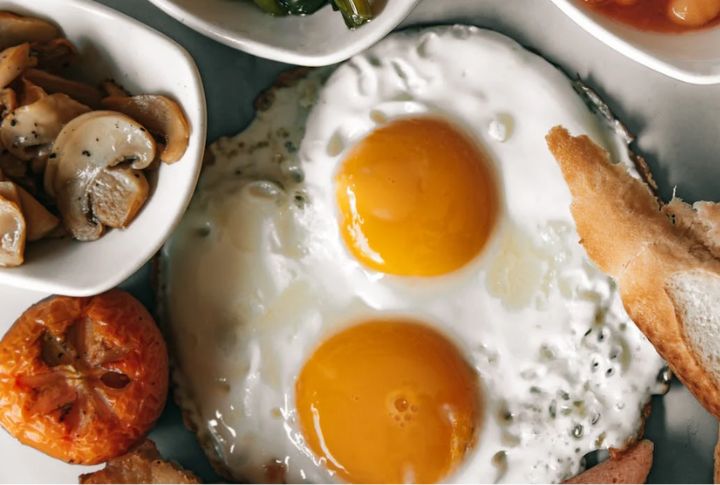
The color of an egg yolk often sparks curiosity, ranging from pale yellow to deep orange. The shade signals carotenoid content, but hidden within is something more vital: preformed vitamin A. Delivered in a form the body can immediately use, yolks also supply healthy fats for collagen and choline for brain health.
Butter From Grass-Fed Cows
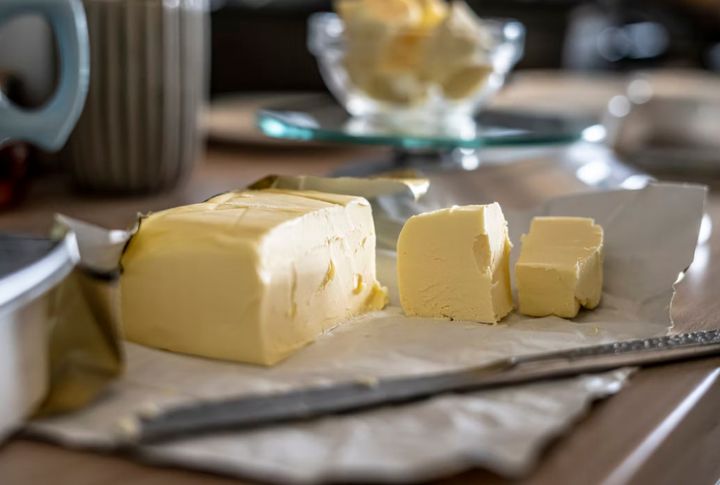
Grass-fed butter tells a slightly different story than conventional varieties. Its golden hue reflects higher levels of carotenoids and omega-3s, and within it lies bioavailable retinol that plays directly into skin health. This option also contains conjugated linoleic acid, a compound studied for its potential in maintaining elasticity.
Salmon

On the plate, salmon is prized for its flavor, yet in nutrition, its deeper qualities stand out even more. Retinol supports collagen stability, omega-3s reinforce skin health, and astaxanthin protects against oxidative stress. That blend of taste and science makes salmon an exceptional choice for enjoyment and resilience.
King Mackerel
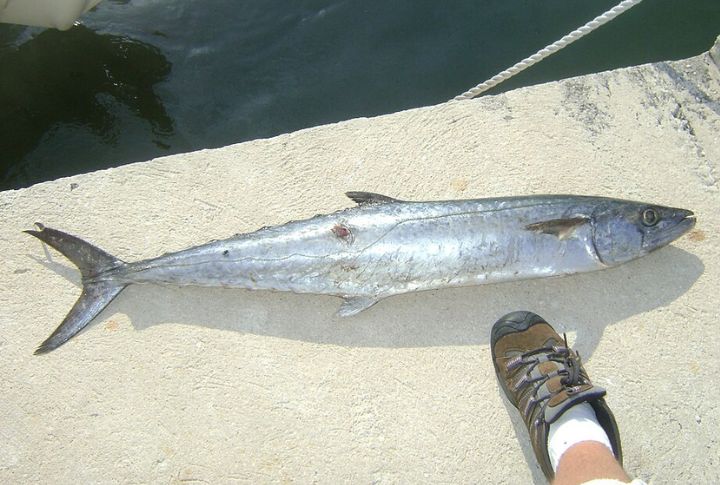
Collagen support doesn’t always come from delicate foods. In king mackerel, richness is the key. Its fat content carries retinol and essential fatty acids that nourish skin structure and preserve moisture. The firm flesh and taste make it memorable, while its nutrients sustain collagen and keep skin naturally supported from within.
Bluefin Tuna
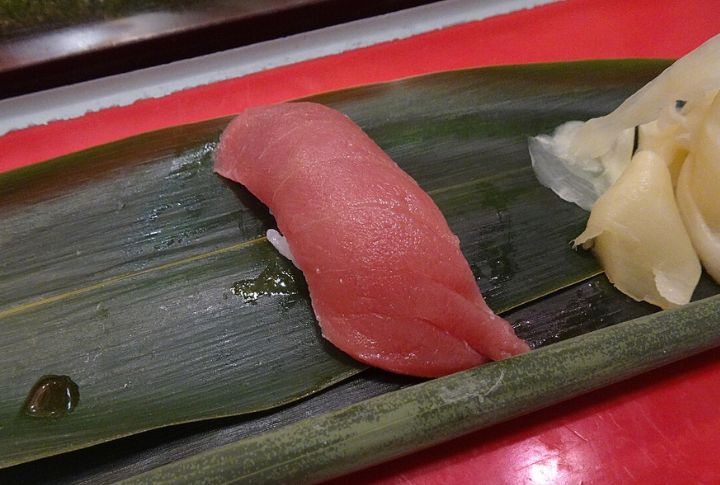
The appeal of bluefin tuna is twofold—its famous melt-in-the-mouth texture and its dense nutrient profile. Retinol and omega-3s inside the deep red flesh help preserve collagen and keep joints mobile. Being celebrated as a high-fat delicacy in raw dishes, it also works quietly to protect the body’s essential structural proteins.
Whole Milk
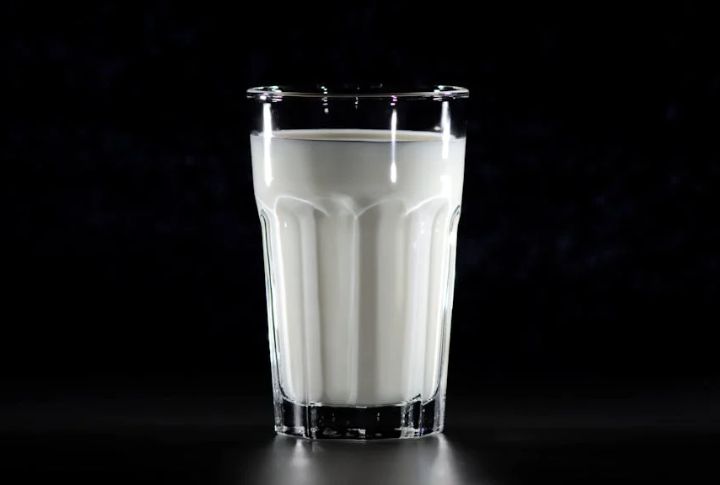
Collagen relies on several nutrients to remain steady, and whole milk provides them all together. Retinol in its fat aids collagen directly, while protein and calcium work to sustain bone strength. Non-homogenized milk’s cream layer contains extra vitamin A, making it both functional and dependable in everyday diets.
Cheddar Cheese
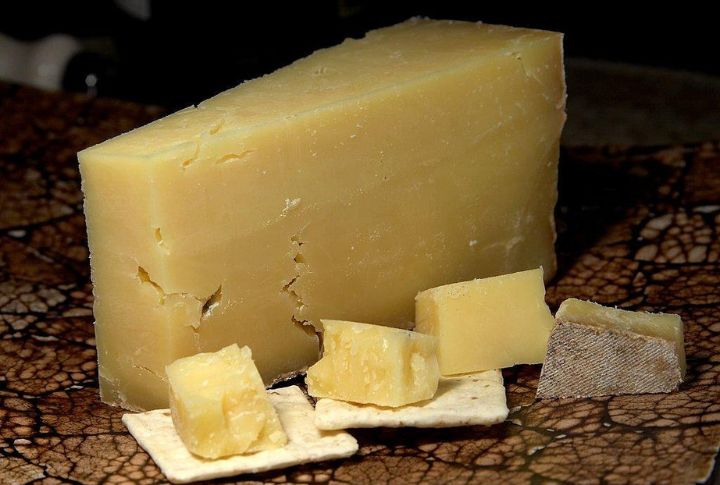
Cheddar carries history in its name, tracing back to the English village where it originated. Beyond its sharp or mild flavor, it delivers retinol from milk fat and casein protein that strengthens collagen structure. The aging process deepens its taste, but its nutritional support remains steady in every slice.
Cream Cheese
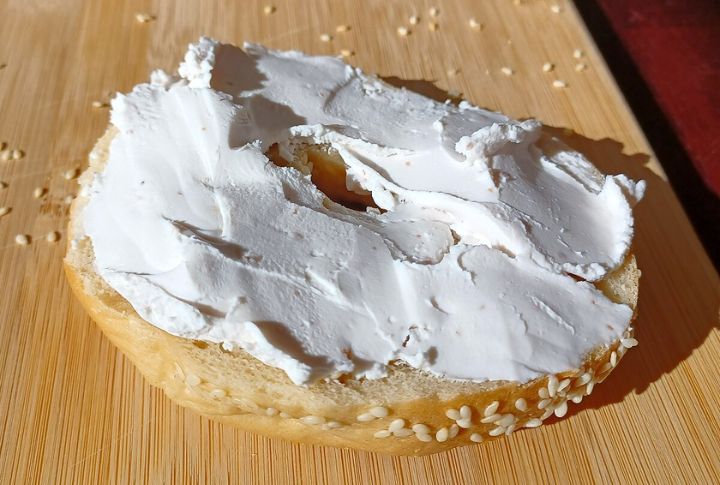
Often thought of as a treat, cream cheese has more to offer than taste alone. Retinol within its fat content contributes to collagen support, while its creamy consistency allows for easy absorption. Whether whipped into desserts or spread plain, it serves as comfort and subtle nutrition.
Haddock
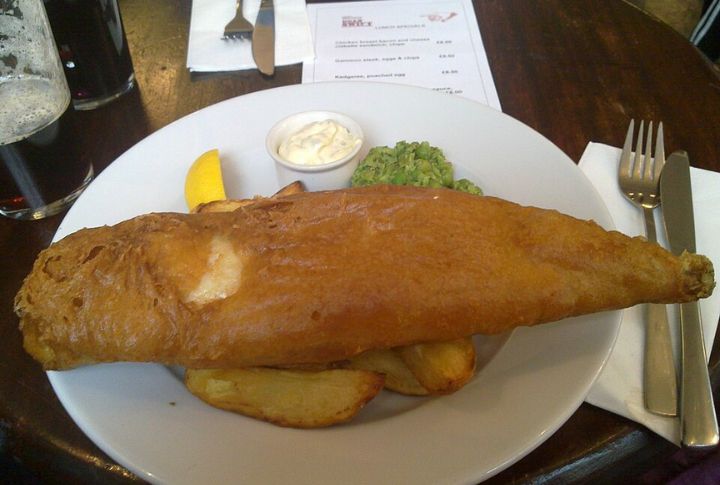
Haddock is a lean white fish recognized for its mild flavor and adaptability in kitchens around the world. Often starring in fish and chips, it contains retinol that contributes to collagen maintenance. Also, its light protein supports tissue repair. This food is a straightforward yet meaningful addition to collagen-supportive meals.
Goat Cheese
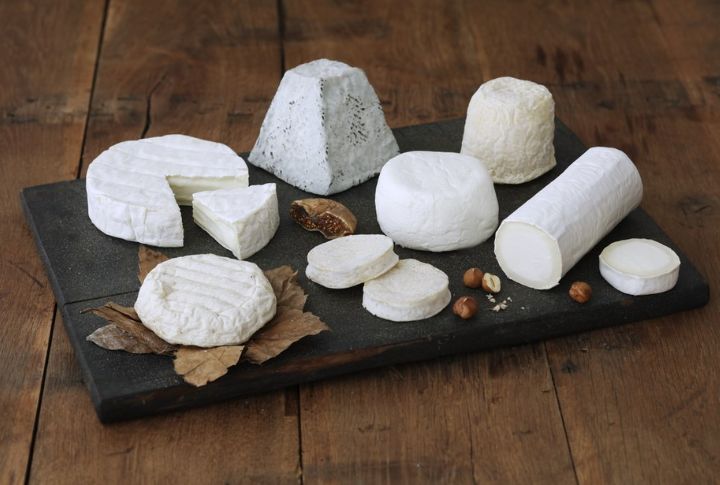
Goat cheese comes in many forms, from creamy spreads to firm, aged wheels. No matter the variety, its dairy fat brings retinol that fuels collagen and is easier to digest than some cow’s milk products. Also, its bold tang finds natural harmony with fruits and hearty breads.
Duck Liver (Foie Gras)
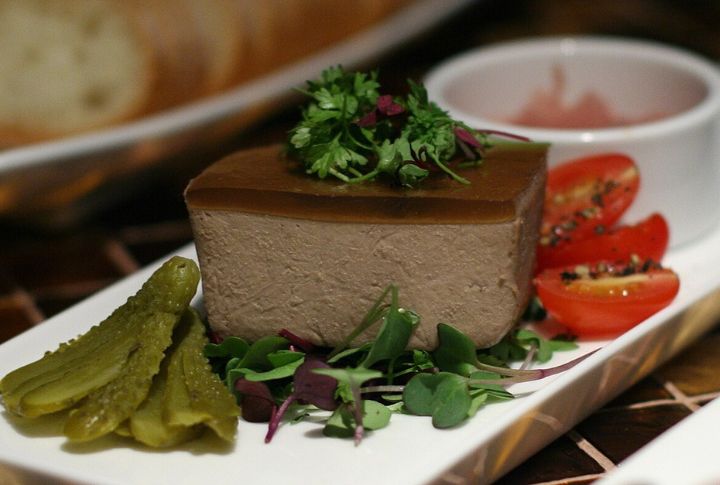
In France, foie gras has long symbolized celebration and fine dining. But beneath the tradition is remarkable nutritional strength: duck liver is extremely high in retinol, essential for collagen. When served as a smooth pate, it offers culinary pleasure and meaningful support for skin and connective tissue.
Chicken Liver
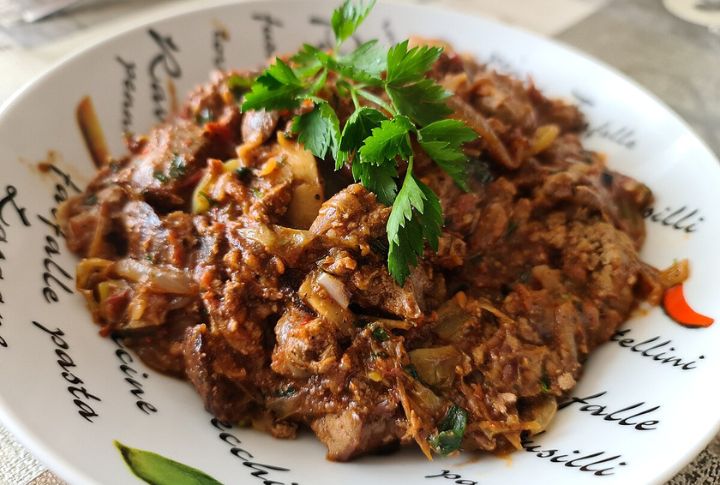
Chicken liver may not share foie gras’s fame, but it quietly delivers remarkable nutrition. Brimming with preformed vitamin A, it directly fuels collagen production. Iron adds another benefit by promoting strong blood circulation to the skin. In kitchens, it shows up in stir-fries and hearty family meals.
Sardines
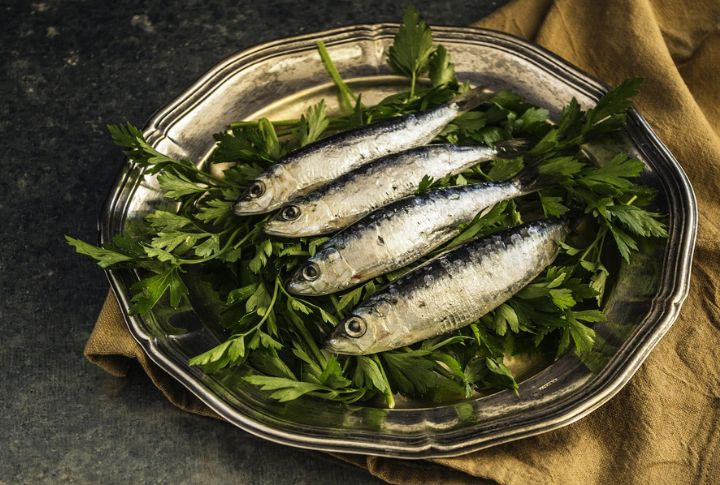
Tiny though they are, sardines deliver powerful nutrition. Packed with retinol and omega-3s, they actively support collagen while their edible bones provide calcium for connective tissue strength. Usually canned in oil or tomato sauce, they’re low in mercury and proof that small fish can carry big health benefits.
Eel

In many Japanese kitchens, eel (especially unagi) is more than a delicacy. Known for its slightly sweet flavor, eel contains retinol and omega-3 fatty acids that nourish skin and collagen alike. Its skin, often eaten, even contains collagen directly.
Caviar
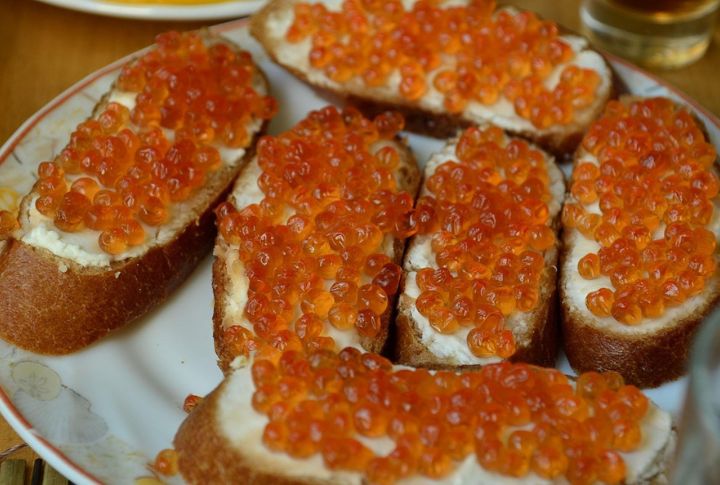
Long regarded as a symbol of luxury, caviar offers more than exclusivity. Each tiny bead of sturgeon roe is packed with retinol and essential fatty acids, both vital for collagen maintenance. Beyond its elegant presentation, its nutritional profile makes it a food that contributes to skin firmness and overall vitality.
Anchovies

Though easy to overlook beside larger fish, anchovies carry surprising strength. They supply retinol for collagen and omega-3s for skin health, while their tiny frames naturally avoid high mercury. Fermented or used sparingly to lift flavors, these little fish bridge the gap between taste and nutrient density.
Roe (Fish Eggs)
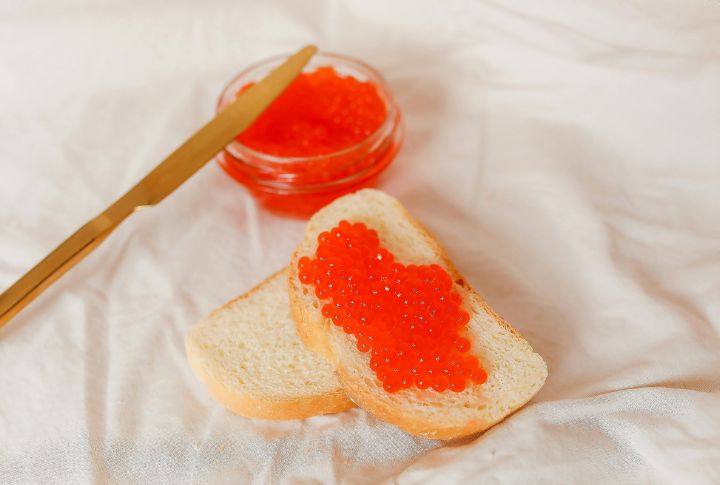
In sushi bars and Mediterranean kitchens, roe earns a place not only for its flavor but also for its function. Tiny eggs packed with vitamin A, fats help collagen thrive, and protein strengthens skin structure. Their vivid colors, the result of carotenoids, complete the experience with natural beauty.
Lamb Kidney
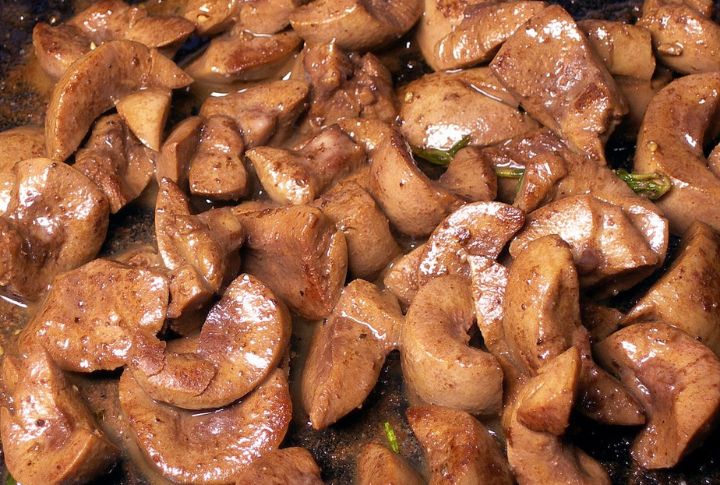
Classic diets frequently relied on organ meats, and lamb kidney was no exception. Known for its earthy taste in pies and stews, it also brings concentrated vitamin A. That nutrient plays a direct role in collagen formation, leaving lamb kidney both a flavorful ingredient and a structural supporter.
